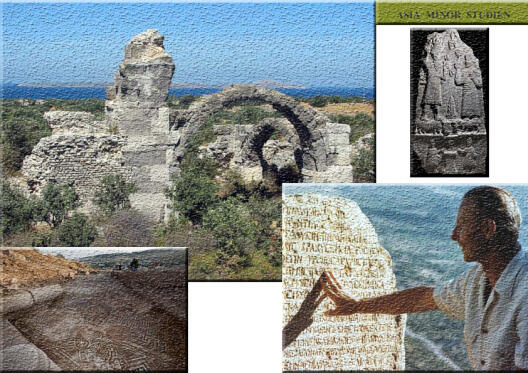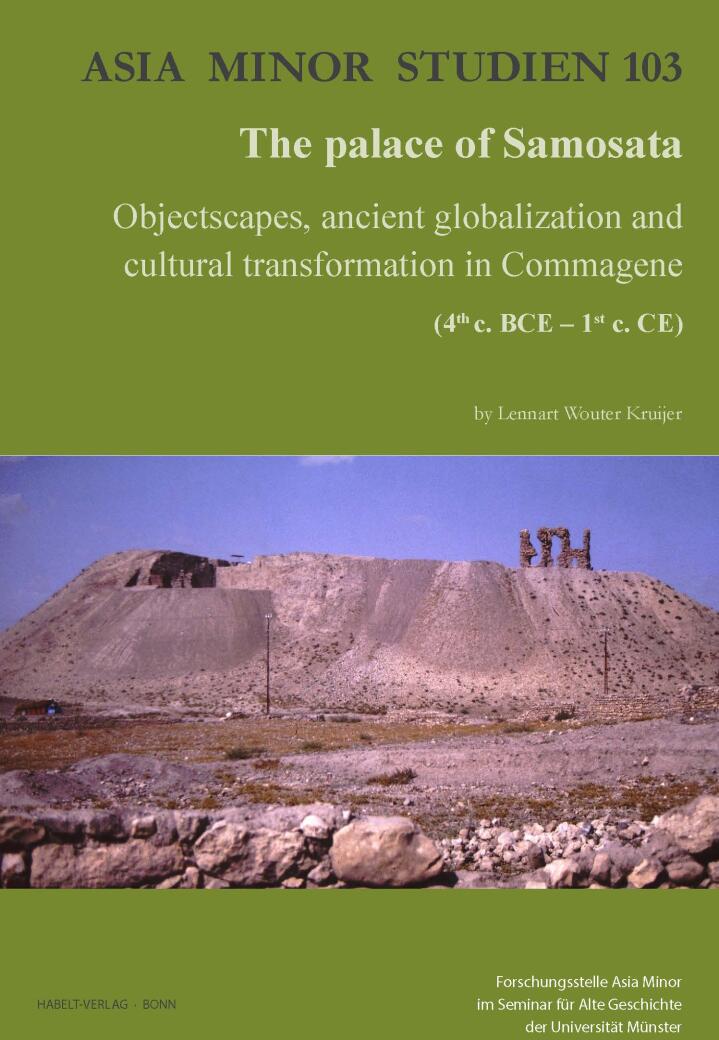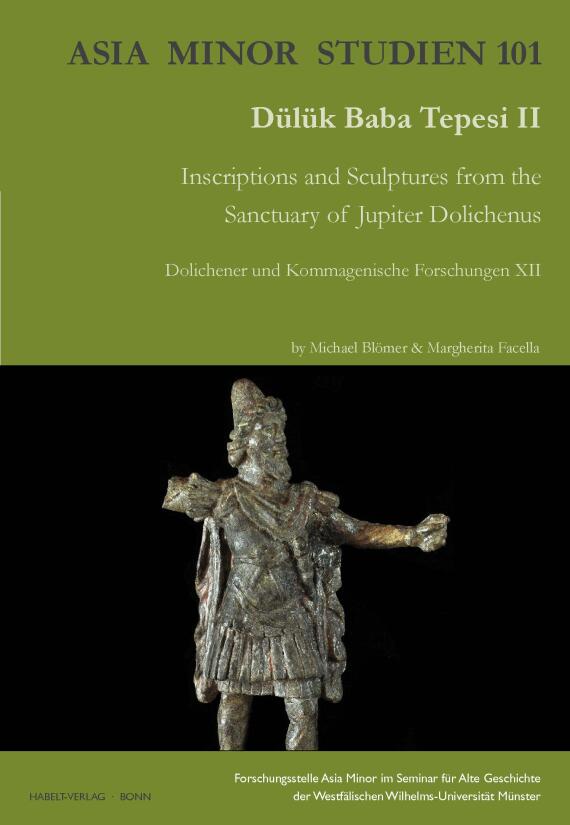
Forschungsstelle Asia Minor
Die Forschungsstelle Asia Minor im Seminar für Alte Geschichte/Institut für Epigraphik an der Universität Münster hat ihren Schwerpunkt in der Religions- und Kulturgeschichte des antiken Kleinasiens. Auf diesen Seiten finden Sie Informationen zu der Forschungsstelle und ihren verschiedenen Projekte bzw. Tätigkeitsfeldern. Bei Fragen zu den einzelnen Projekten, finden Sie eine Liste aller Ansprechpartner hier.




